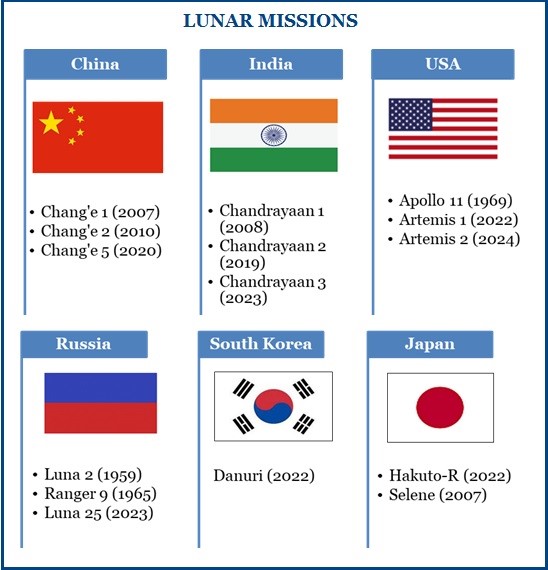7667766266
enquiry@shankarias.in
Moon, the only natural satellite of Earth played vital role in the geology of Earth and evolution of life.
|
Lunar Eclipse |
|
The lunar eclipse of the Moon is caused by Earth which completely blocks the direct Sun rays which reach the Moon, with the only light reflected from the lunar surface being refracted by Earth's atmosphere. Types
|

Only three other countries have achieved the soft-landing on the moon's surface the United States, Russia and China.